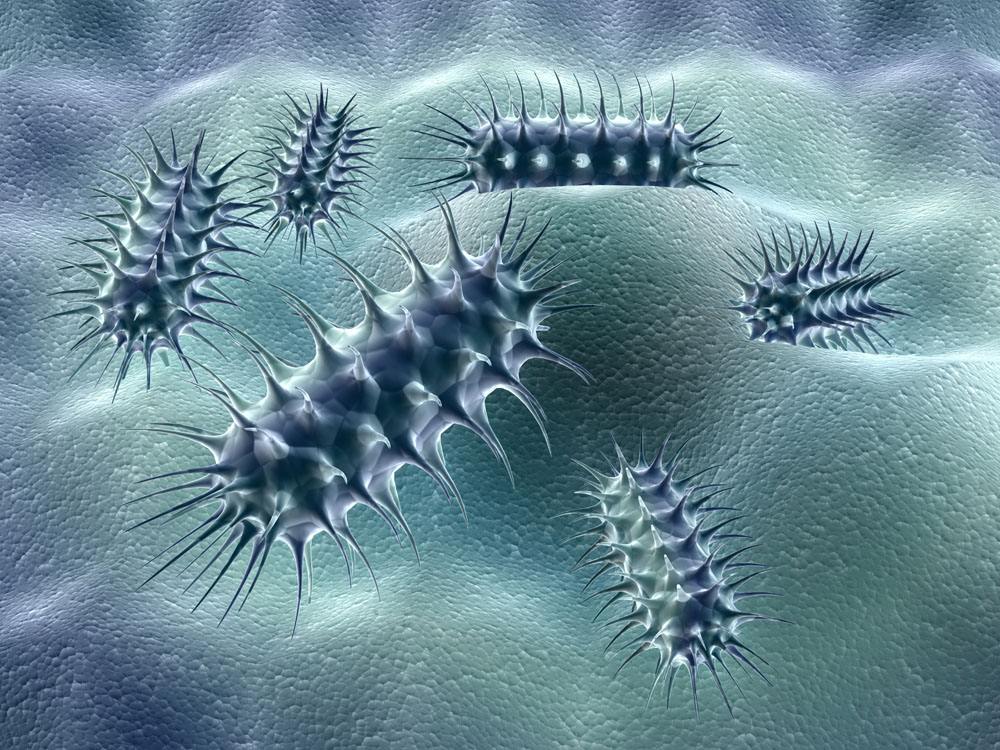(单词翻译:单击)
They have been found living in boiling mud pots and lakes of caustic soda, deep inside rocks, at the bottom of the sea, in hidden pools of icy water in the McMurdo Dry Valleys of Antarctica, and seven miles down in the Pacific Ocean where pressures are more than a thousand times greater than at the surface, or equivalent to being squashed beneath fifty jumbo jets. Some of them seem to be practically indestructible. Deinococcus radiodurans is, according to the Economist, "almost immune to radioactivity." Blast its DNA with radiation, and the pieces immediately reform "like the scuttling limbs of an undead creature from a horror movie."
我们还发现细菌生活在沸腾的泥潭里和烧碱池里,岩石深处,大海底部,南极洲麦克默多干谷隐蔽的冰水池里,以及太平洋的11公里深处——那里的压力比海面上高出1000多倍,相当于被压在50架大型喷气式客机底下。有的细菌似乎真的是杀不死的。据美国《经济学家》杂志主,嗜放射球菌“几乎不受放射作用的影响”。要是你用放射线轰击它的DNA,那些碎片几乎会立即重新组合,“就像恐怖电影里一个不死的人到处乱飞的四肢那样”。
Perhaps the most extraordinary survival yet found was that of a Streptococcus bacterium that was recovered from the sealed lens of a camera that had stood on the Moon for two years. In short, there are few environments in which bacteria aren't prepared to live. "They are finding now that when they push probes into ocean vents so hot that the probes actually start to melt, there are bacteria even there," Victoria Bennett told me.
迄今为止发现的生存能力最强的也许要算是链球菌。它在摄影机封闭的镜头里在月球上停留了两年仍能恢复生机。总而言之,很少有什么环境是细菌生存不下去的。维多利亚·贝内特对我说:“他们发现,娄把探测器伸进灼热的海底喷气孔里,连探测器都快熔化的时候,那里也还有细菌。”
In the 1920s two scientists at the University of Chicago, Edson Bastin and Frank Greer, announced that they had isolated from oil wells strains of bacteria that had been living at depths of two thousand feet. The notion was dismissed as fundamentally preposterous—there was nothing to live on at two thousand feet—and for fifty years it was assumed that their samples had been contaminated with surface microbes.
20世纪20年代,芝加哥大学的两位科学家埃德森·巴斯廷和弗兰克·格里尔宣布,他们已经把一直生活在600米深处的油井里的细菌分离出来。这个观点被认为压根儿是荒唐的——600米深处没有东西能活下去——在50年时间里,大家一直认为他们的样品受到了地面细菌的污染。


